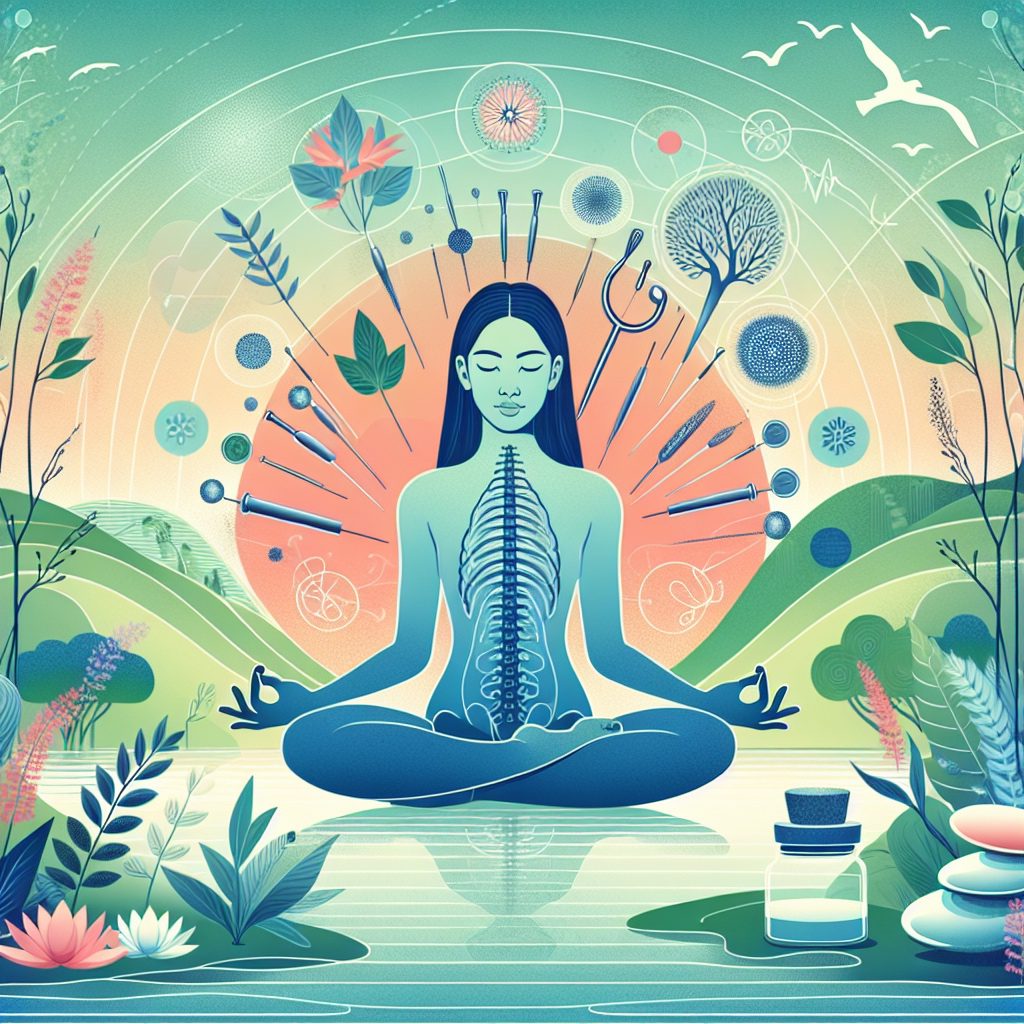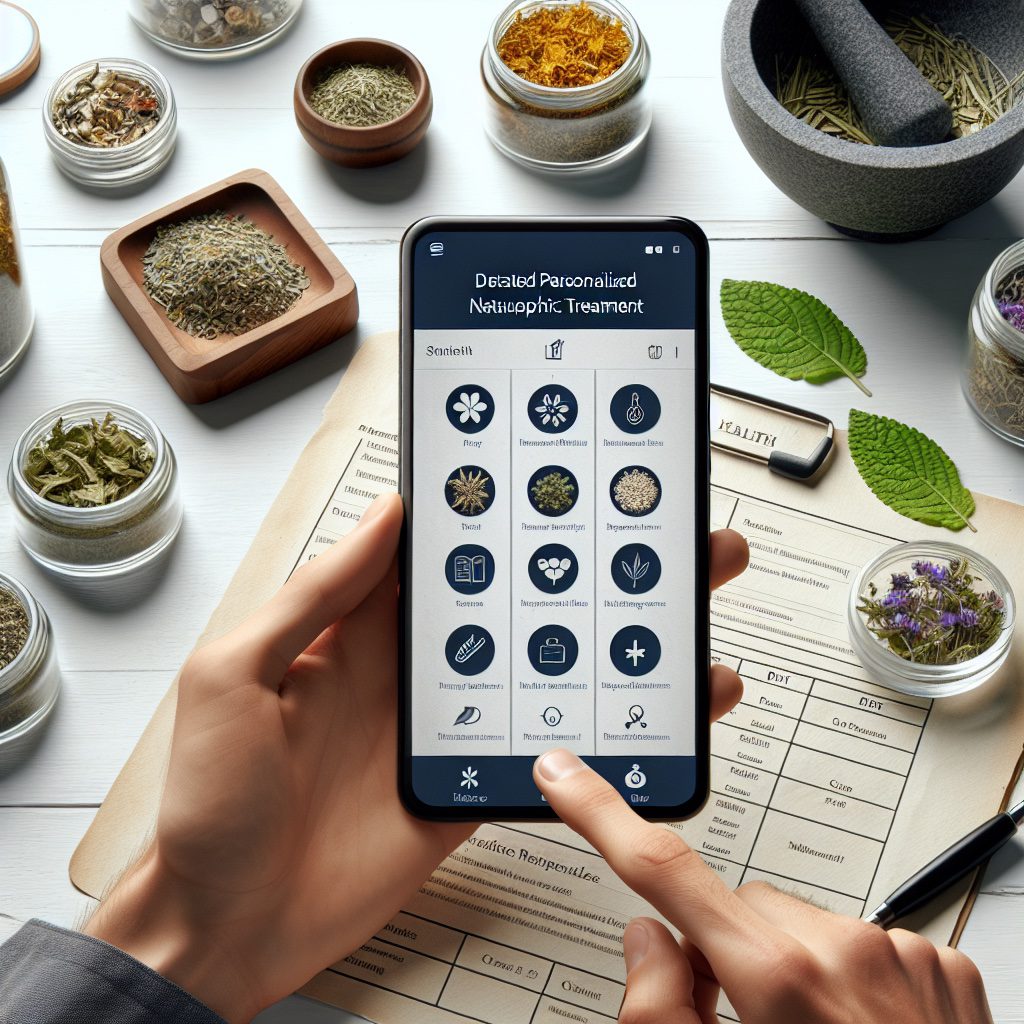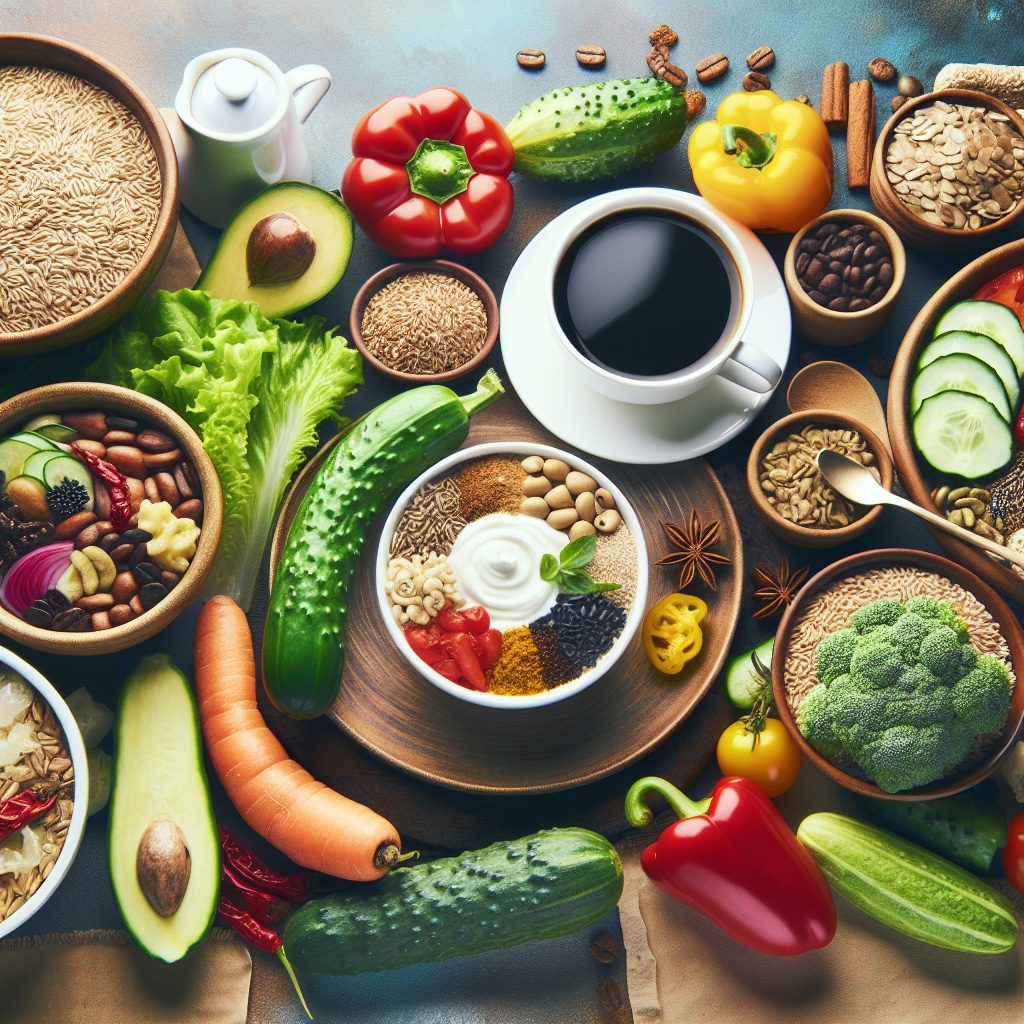The soothing ritual of brewing and sipping tea connects us across continents and cultures, but perhaps nowhere is this connection more intriguing than in the friendly rivalry between Japanese Matcha and Chinese green teas. Imagine yourself standing at a crossroads of Eastern tea traditions, where on one path lies the vibrant, ceremonial Matcha powder that has captivated wellness enthusiasts worldwide, and on the other, the diverse family of Chinese green teas with their millennia of history and cultivation wisdom. This isn’t just about which tea ends up in your cup—it’s a journey through time and tradition that reveals how these remarkable beverages came to symbolize entire cultural philosophies. Did you know that Matcha’s story actually begins not in Japan, but in China during the Tang Dynasty? The powdered tea we now associate with Japanese tea ceremonies was originally a Chinese innovation that traveled across the sea with Buddhist monks in the 12th century. Meanwhile, in China’s verdant mountains, tea masters were perfecting countless varieties of green tea, each with its own character and story. Whether you’re a cultural explorer seeking connection to ancient wisdom or simply wondering which tea might better support your quest for mind-body balance, this centuries-old debate offers fascinating insights into how different cultures have listened to their bodies’ voices through the humble tea leaf.
The Leaf-to-Cup Journey: Processing, Nutrition, and Health Benefits
When it comes to comparing matcha compared to Chinese tea, the differences begin long before they reach your cup. Matcha’s journey starts with a fascinating cultivation technique that sets it apart from other green tea varieties. Several weeks before harvest, tea farmers cover the plants with shade cloths, dramatically reducing their sunlight exposure. This stress response triggers the plants to produce more chlorophyll and amino acids, particularly L-theanine, resulting in that vibrant emerald color and umami flavor that matcha lovers cherish.
“The shading process is what truly distinguishes matcha,” explains tea specialist Li Wei. “This technique increases chlorophyll and amino acid production while reducing tannins, completely transforming the leaf’s nutritional profile.”
Chinese green teas, on the other hand, embrace the sun. Grown across diverse terroirs from the misty mountains of Zhejiang to the high elevations of Yunnan, these teas develop varied flavor profiles based on their growing conditions. Unlike matcha’s uniform processing, Chinese green teas showcase regional diversity through different processing methods – some gently pan-fired in large woks (like Longjing or Dragonwell), others carefully steamed (like Enshi Yu Lu).
The nutritional comparison between these tea traditions is where many health-conscious consumers focus their attention. If you’re wondering which tea is healthier, it’s worth understanding their distinct offerings. Matcha delivers an impressive concentration of antioxidants, particularly catechins like EGCG (epigallocatechin gallate), which have been studied for their potential to reduce inflammation and support cellular health. Since you consume the entire leaf rather than an infusion, the antioxidant content in matcha can be up to three times higher than steeped Chinese green teas.
A 2023 study published in the Journal of Nutritional Science found that matcha contained approximately 137 mg of EGCG per gram, while most Chinese green teas averaged between 25-86 mg per gram. This antioxidant comparison in teas reveals matcha’s potential advantage for those specifically seeking maximum antioxidant intake.
However, Chinese green teas shouldn’t be underestimated in the health department. Many varieties contain unique polyphenol compounds that aren’t found in the same concentrations in matcha. For instance, Longjing tea is particularly rich in theanine, which promotes relaxation without drowsiness – perfect for those seeking mindful alertness during meditation practices.
Caffeine content also varies significantly between these tea traditions. The caffeine in different teas can impact your body’s response and energy levels throughout the day. Matcha typically contains 38-88 mg of caffeine per cup (when prepared traditionally with 2g of powder), while Chinese green teas generally offer a more moderate 20-45 mg per cup. This difference makes Chinese green teas potentially more suitable for afternoon consumption or for those sensitive to caffeine’s effects.
Many tea enthusiasts who practice mindful consumption report that matcha provides a sustained, clear-headed energy boost without the jitters or crash associated with coffee. This effect is often attributed to the synergistic relationship between caffeine and L-theanine in matcha. Chinese green teas tend to offer a gentler lift, making them ideal companions for different moments in your day.
“I find that paying attention to how different teas affect my energy and focus has become an important part of listening to my body,” shares Maya Lin, a yoga instructor who incorporates tea into her daily practice. “Some days, I need matcha’s focused energy for morning productivity, while other days, a delicate Chinese green tea helps me transition mindfully into afternoon activities.”
Shelf Life and Daily Integration
The processing differences between these tea traditions also affect their respective shelf lives and how they integrate into daily routines. Matcha, being a fine powder, offers convenience but oxidizes more quickly once opened. Chinese whole-leaf teas maintain their freshness longer when properly stored, allowing you to build a diverse collection of green tea varieties to match different moods and health needs.
Embracing Both Tea Traditions for Wellness
As we reflect on these two magnificent tea traditions, it becomes clear that the “East vs. West” tea showdown isn’t truly about crowning a winner. Both matcha and Chinese green teas can be powerful allies on your journey toward mind-body balance, each offering unique benefits that resonate with different aspects of wellness and self-care.
Listening to Your Body’s Signal with Different Teas
Think of these teas as different voices in the natural world, each speaking to your body in its own distinctive language. Matcha whispers of focused energy and concentrated nutrition—a powerful boost for those mornings when you need clarity and sustained attention. Its rich antioxidant profile makes it an excellent choice when your immune system needs extra support. The meditative ritual of preparing matcha—whisking the bright green powder into a frothy elixir—can itself become a mindful practice that centers you in the present moment.
Chinese green teas, with their incredible diversity, offer a more nuanced conversation with your body. From the delicate sweetness of Bi Luo Chun to the robust character of Gunpowder tea, this vast family of green tea varieties provides an opportunity to fine-tune your tea experience to match your body’s daily needs. Many tea enthusiasts find that rotating between different Chinese teas allows them to address shifting energy levels and wellness goals throughout changing seasons.
“I’ve learned to listen closely to what my body is asking for,” shares Chen Wei, a longtime practitioner of traditional Chinese medicine. “Some days, the protective polyphenols in matcha are exactly what I need. Other days, my system craves the gentle stimulation and varied antioxidant profiles found in specific Chinese green teas. This intuitive approach to tea drinking has become fundamental to my self-care practice.“
The caffeine in different teas also affects each person uniquely. Some find matcha’s higher caffeine content perfect for replacing morning coffee, while others might experience anxiety or disrupted sleep. Chinese green teas often provide a more gentle energy lift that some bodies respond to more harmoniously. The only way to know which works best for you is to practice mindful consumption and truly listen to your body’s signals.
Both tea traditions excel at engaging multiple senses—the vibrant colors, complex aromas, varied textures, and layered flavors all contribute to a holistic experience that nourishes more than just your physical health. This sensory richness aligns perfectly with the holistic philosophy that underlies natural living and mind-body wellness.
When choosing between matcha and Chinese green tea on any given day, consider asking yourself: What does my body need right now? Am I seeking focused energy or gentle clarity? Do I crave the meditative whisking ritual of matcha or the leaf-unfurling beauty of whole-leaf Chinese tea? There’s no wrong answer—only the right choice for your unique body and circumstances in this moment.
The ancient wisdom embodied in both tea traditions reminds us that wellness isn’t about rigid rules but about developing a relationship with natural substances that support our individual health journeys. By approaching tea with curiosity and attentiveness, you transform a simple beverage into a powerful tool for self-knowledge and balanced living.
Whether you ultimately prefer the concentrated punch of matcha or the subtle complexity of Chinese green teas, the act of choosing mindfully and drinking with awareness honors both these remarkable tea traditions. In the end, the healthiest tea is the one that brings you joy, supports your wellbeing, and helps you listen more closely to your body’s voice—the ultimate guide on your path to natural harmony.




